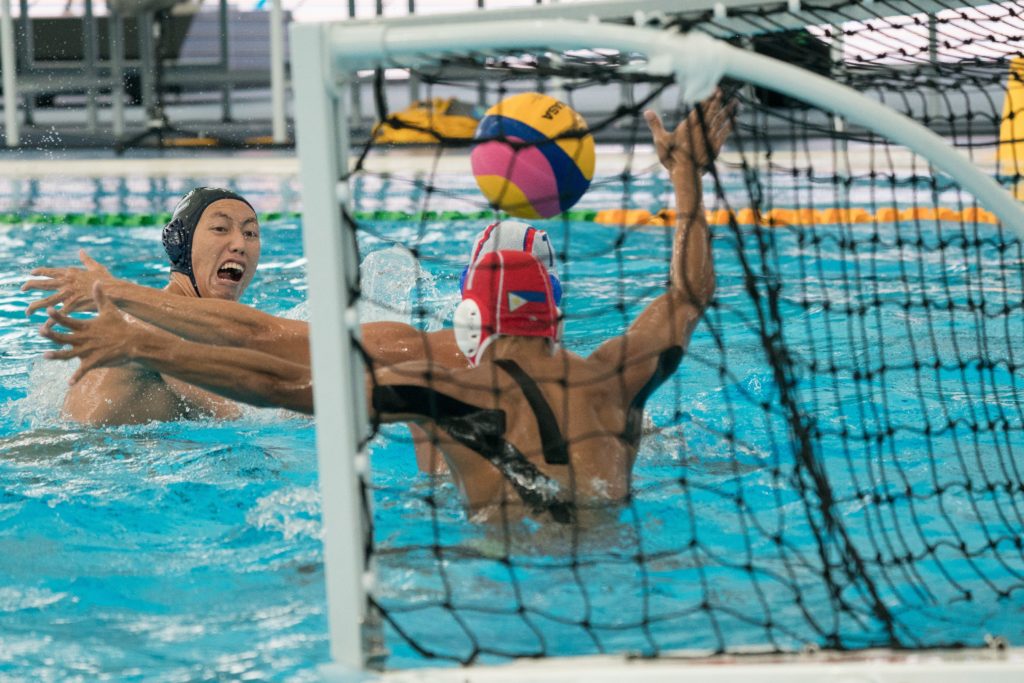"A child who plays a game of football for one season without any documented concussion - several months after that season, if you subject his brain to sophisticated psychological testing and radiological testing, functional MRIs, there is evidence of brain damage."
- Dr. Bennet Omalu

Athletes participating in high contact sports can sustain a concussion at any point during play. Concussions are easily visible and can start being treated once diagnosed. Sub-concussions, however, are brain injuries sustained from hits that do not have visible symptoms, leading to them going undetected.
Recent studies have shown that these sub-concussions are linked to a person’s Heart Rate Variability (HRV), which is the variance in time between a person’s heart beat. HRV in healthy individuals should fluctuate, allowing the body to adapt to different situations. Our solution is to use HRV to detect sub-concussions by integrating an optical heart rate monitor and an accelerometer into a mouthguard. By integrating both these components into a mouthguard, we can monitor HRV through blood vessels in the cheek while also observing any major head impacts through the accelerometer.
By doing so, when a subconcussive impact occurs we are able to observe the HRV difference after the hit. If the HRV does not fluctuate normally and is stable, then we are able to determine that the person may have experienced some brain injury.